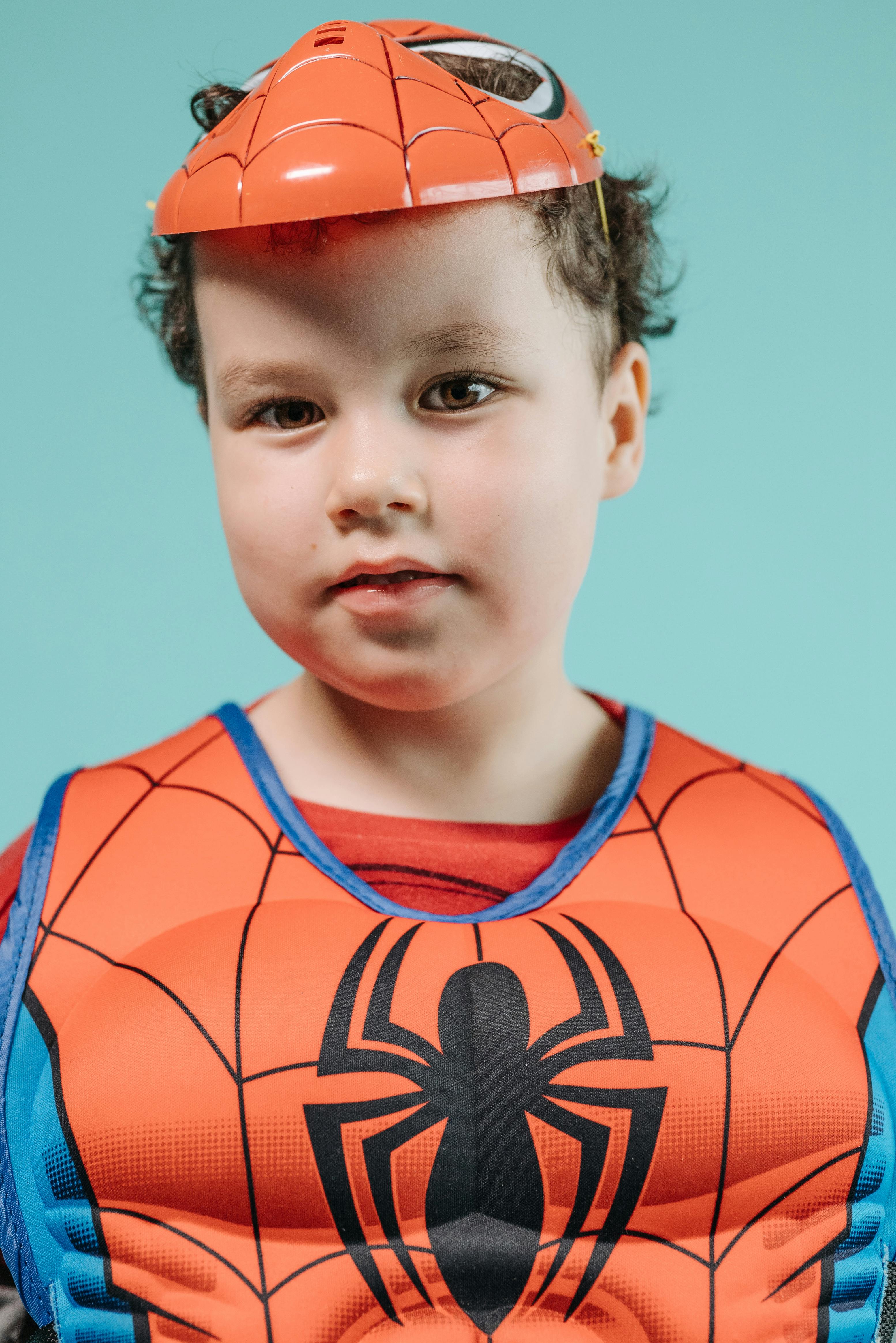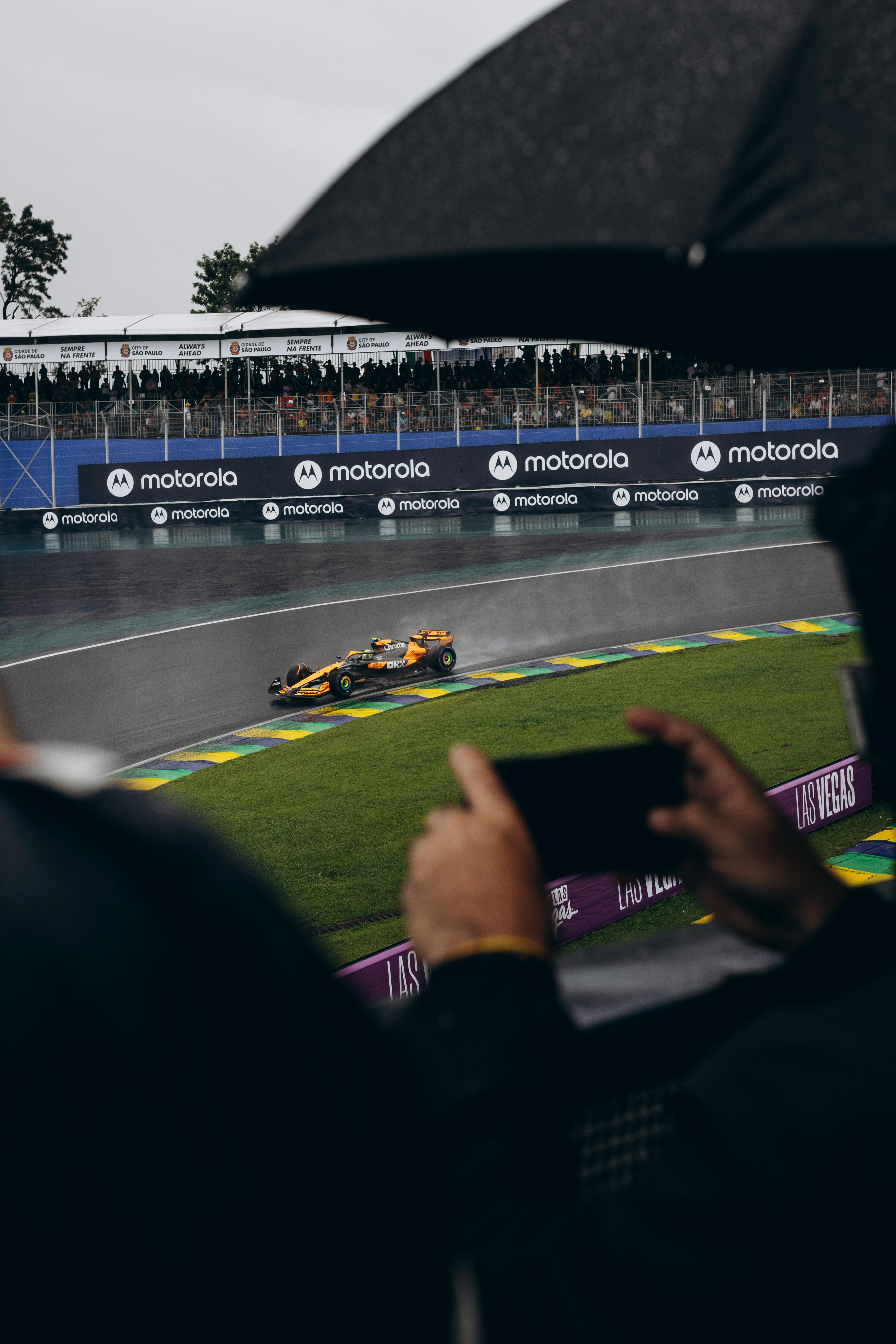
Apply Now


Essential Guide to Punch Reactions in Comics
Punch reactions play a pivotal role in enhancing the emotional impact of comic panels, especially within superhero comics. These reactions are not merely for spectacle; they are essential for character expression, viewer engagement, and the overall narrative pacing of action scenes. As we dive into this topic, we will explore how artists utilize punch reactions to communicate emotional stakes, drive character development, and create dynamic storytelling experiences in comic art. Effective punch reactions involve a harmonious blend of facial expressions, dynamic poses, and artistic techniques that heighten the drama of fight choreography. By examining examples from notable graphic novels to indie comics, we will reveal how visual storytelling can capture the kinetic energy of each punch and its subsequent reactions. In this guide, we will address critical aspects such as the use of impact lines, sound effects, and the pacing of panels to create immersive scenes that resonate emotionally with readers. Key takeaways include practical techniques for enhancing punch reactions in comics, successful artist styles that exemplify these ideas, and how to use narrative devices to amplify the emotional weight of action sequences.Powerful Punch Reactions: Understanding Character Expressions
Building on the importance of punch reactions, we must delve into the character expressions that convey emotional depth during action scenes. Facial expressions can transform a straightforward punch into a moment of high tension or humor, depending on the context. Comic characters often express a range of emotions before and after a punch, creating layers of meaning for the audience. Artistic techniques such as exaggerated forms and motion lines can dramatically influence how readers interpret these reactions. For instance, a character's eyes wide with shock or gritting their teeth in determination can signal different psychological states, enhancing reader engagement and emotional resonance. By studying the emotional cues involved, artists can better implement storytelling through movement, adding depth to character interactions within fight narratives. Moreover, panel transitions serve as a pivotal tool in shaping the flow of action. Artists can create moments of suspense through careful arrangement of panels, allowing readers to breathe in the anticipation before a punch lands. This pacing strategy not only builds momentum but also enriches the immersive experience of comic storytelling.Facial Expressions: The Soul of Punch Reactions
Facial expressions serve as a critical element in punch reactions, often conveying emotions that words cannot. Effective comic art harnesses this power to enhance viewer engagement. Whether portraying grim resolve, shock, or comedic relief, these expressions help shape the reader's emotional response to the narrative. For example, illustrations that depict a character commiserating with a grimace before delivering a punch contrast starkly with the exuberance of a character caught in a slapstick moment—a juxtaposition that heightens the dramatic effect. Readers quickly latch onto these visual cues, interpreting the emotional stakes behind each action. Additionally, comics must balance between subtlety and exaggeration. Overly exaggerated expressions can lead to humor, while understated reactions may evoke empathy. By mastering this balance, artists can tap into character motivations and enrich their stories.Action Dynamics: Kinetic Energy and Punch Animation
The portrayal of kinetic energy is crucial in demonstrating the impact of punches in comics. Artists use dynamic poses and motion lines to create a sense of movement that draws readers into action sequences. This effect not only enhances the visual storytelling but also establishes a rhythm within sequential art. Utilizing impact frames, where the punch meets its target, can drastically alter the viewer's perception of action. These frames should be integrated thoughtfully into the comic panels layout to maintain narrative pacing and allow audiences to process each action. Creating powerful punch animations requires skill in combining impact symbolism with playful imagery to evoke strong audience reactions. Moreover, each punch can evoke specific emotions, whether excitement or anxiety, influencing how readers experience the story’s momentum and character arcs. Effective pacing, through the careful arrangement of panels and sequences, ensures that with every punch thrown, the stakes rise, culminating in a thrilling resolution that resonates long after the final page is turned.Mastering Action Scenes: Comic Book Techniques to Enhance Storytelling
With these fundamental techniques established, the next step is to explore action scenes further. Successful storytelling in comics hinges not only on punch reactions but also on linking character arcs, plot development, and thematic depth. This holistic approach allows for a richer narrative, engaging readers thoroughly throughout their experience. Comic book themes are essential in setting the tone of action scenes. For instance, urban fantasy genres may infuse realism into fight sequences, while more fantastical tales might embrace exaggerated forms and slapstick humor. Understanding the genre conventions helps artists tailor their punch reactions to align perfectly with narrative voice and reader expectations. Additionally, pacing strategies play a vital role in maintaining tension before, during, and after fight scenes. Transitioning from moments of tension to explosive action preserves reader interest and keeps them invested in the outcomes of each clash.Creating Moments of Tension: Building Anticipation
One powerful technique in crafting action scenes revolves around creating moments of tension leading up to a punch. By incorporating intertextuality and immersive narrative techniques, comic artists can make readers feel the presence of potential risks and stakes. This kind of buildup often culminates in a pivotal moment that involves adept visual metaphors or impact frames. For example, a well-timed pause right before a punch can amplify audience reactions, making the subsequent action even more exhilarating. Readers can savor the moment, increasing their emotional stakes within the storyline. Understanding how to manipulate tension through pacing and panel transitions can dramatically enhance action dynamics within comic art. An equally significant aspect is the relationship between sound effects and imagery. Integrating clever use of onomatopoeia can further create a sense of immediacy that heightens the impact of a punch, bridging the dialogue in comics with visual cues.Character Development: Shaping Arcs Through Punch Reactions
Punch reactions also play a profound role in character development within the comic book landscape. How characters respond to challenges and physical confrontations can reveal their motivations, fears, and growth over time, demonstrating a character's evolution effectively. For instance, consider a hero who begins as hesitant but gradually gains confidence through successfully overcoming various obstacles, punctuated by noteworthy punch reactions. This development is powerful in showcasing character arcs effectively while enhancing dramatic storytelling. Furthermore, grappling with the consequences of their actions during these confrontations deepens the narrative layers and heightens emotional stakes. Readers can connect with characters on a personal level when they witness their struggles mirrored in the fight choreography and punch reactions depicted on the pages.Engaging the Audience: Techniques for Viewer Interpretation
This naturally leads us to the critical aspect of audience engagement—how readers interpret visual storytelling through dynamic punch reactions. The combination of art direction, illustration techniques, and adept use of emotional cues shapes how a comic is experienced. Creating an immersive experience involves understanding your audience's reactions to different comic book styles and adapting to their expectations. For instance, manga influence has reshaped comic storytelling, often employing rhythmic pacing and an emphasis on character-driven narratives resulting in impactful actions portrayed through punch animations. Using familiar visual motifs can ease readers into the narrative, ensuring they grasp complex emotional or action-driven moments without feeling disconnected. Ultimately, understanding the viewer's perspective allows artists to refine their crafts, creating profoundly impactful narratives.Visual-Narrative Relationships: Crafting an Engaging Comic Experience
The relationship between visuals and narrative can turn readers into active participants of the story. Punch reactions serve as one of the key elements that highlight this relationship, emphasizing the emotional stakes in action sequences and driving reader engagement. By analyzing how various artist styles contribute to narrative pacing, artists can discover unique approaches to crafting punch reactions. For example, utilizing different brush techniques or color usage can evoke specific moods and feelings, further reinforcing character expressions in moments of tension. Effective handling of punch reactions means considering factors such as the genre exploration of your comic. An urban fantasy might adopt a gritty style, while a vibrant superhero comic could lean toward colorful action. Adapting the visual language to match the narrative enhances the immersive experience while inviting readers to connect emotionally.Conclusion
In conclusion, punch reactions in comics are fundamental drivers of emotional impact, contributing significantly to storytelling dynamics, character development, and audience engagement. By mastering illustration techniques, pacing strategies, and emotional storytelling, artists can craft profound narratives that resonate with readers. Understanding the delicate interplay between kinetic energy, character expressions, and thematic depth paves the way for richer storytelling experiences. As you experiment with your comics, remember the critical role that punch reactions play, and leverage them to enhance the dramatic effect and viewer engagement. This guide serves as a launching point for further exploration of comic book storytelling. For deeper insights on comic book themes or graphic storytelling techniques, consider exploring additional resources and examples.
